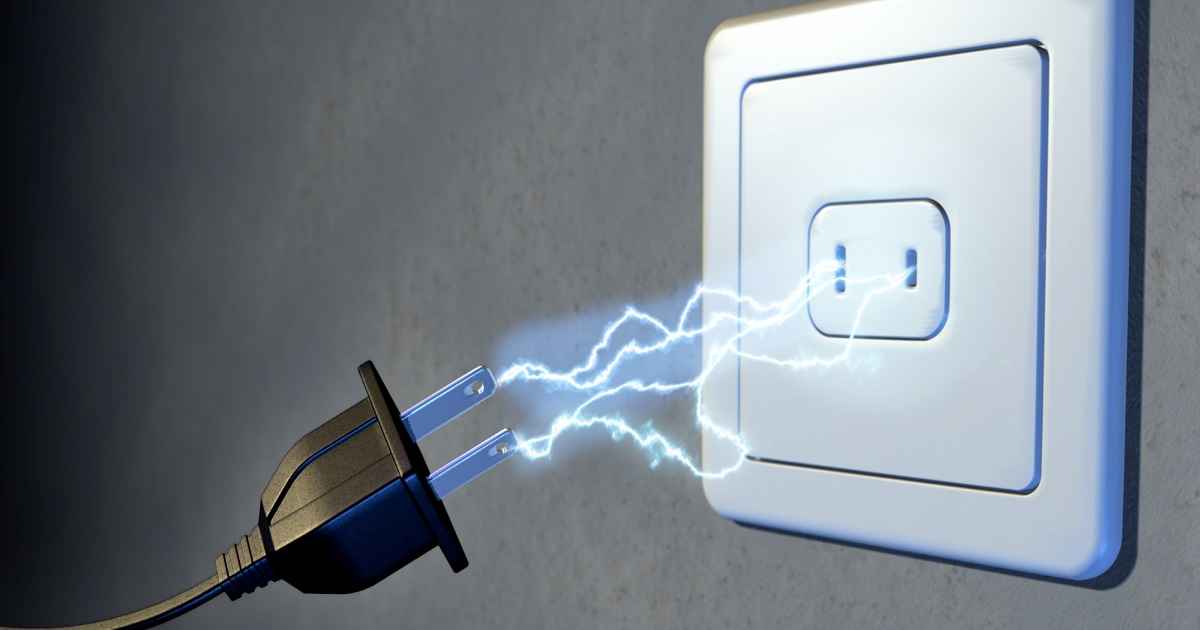Does Stainless Steel Conduct Electricity
Introduction
Does Stainless Steel Conduct Electricity? Exploring Its Electrical Properties
Stainless steel, a material renowned for its strength, corrosion resistance, and lustrous appearance, is commonly used in various industries. But when it comes to electrical conductivity, there’s often a debate: does stainless steel conduct electricity? This guide aims to shed light on the electrical properties of stainless steel and its practical implications.
The Basics of Electrical Conductivity
Understanding How Materials Conduct Electricity
Electrical conductivity refers to a material’s ability to allow the flow of electric current. It’s determined by the material’s composition and the ease with which electrons can move through it. Metals are generally good conductors due to their free-moving electrons.
Stainless Steel’s Composition
How Its Alloy Nature Affects Conductivity
Stainless steel is an alloy primarily made of iron, with chromium and nickel added. The presence of these elements, especially chromium, forms a passive layer on the surface, which impacts its conductivity. Unlike pure metals, the alloyed nature of stainless steel makes it a less efficient conductor.
Comparing Conductivity with Other Metals
Where Does Stainless Steel Stand?
When compared to metals like copper or aluminum, stainless steel’s conductivity is considerably lower. Copper, for instance, is almost 15 times more conductive than stainless steel. This difference is crucial in applications where high conductivity is required.
The Role of Different Grades
Variations in Conductivity Among Stainless Steel Types
There are several grades of stainless steel, each differing slightly in composition. These variations can affect conductivity. For example, the 300 series, which contains more nickel, tends to have lower conductivity compared to the 400 series.
Stainless Steel in Electrical Applications
Practical Uses and Limitations
Given its moderate conductivity, stainless steel is used in applications where corrosion resistance is more critical than high electrical conductivity. It’s often found in electrical enclosures, certain types of batteries, and components in larger electrical systems.
Factors Affecting Stainless Steel’s Conductivity
Temperature, Surface Treatment, and More
The electrical conductivity of stainless steel is influenced by factors like temperature (it increases with temperature), surface treatments, and the presence of impurities. Understanding these factors is essential when considering stainless steel for electrical applications.
Safety Considerations
Handling Stainless Steel in Electrical Contexts
While stainless steel isn’t the most conductive material, it still conducts electricity. Therefore, safety precautions should be observed when handling stainless steel in environments where electrical currents are present.
Advantages Over More Conductive Metals
Why Choose Stainless Steel Despite Lower Conductivity?
In some scenarios, the lower conductivity of stainless steel is actually beneficial. Its resistance to corrosion, strength, and durability often outweigh the need for high conductivity, especially in harsh or outdoor environments.
Future Innovations
Emerging Trends in Stainless Steel and Electricity
The ongoing development in material science may lead to new grades of stainless steel with altered electrical properties. These innovations could expand the range of applications where stainless steel’s moderate conductivity is advantageous.
FAQs
Answering Common Questions About Stainless Steel and Electricity
- Can stainless steel be used in wiring? Due to its low conductivity, stainless steel is not ideal for wiring where high electrical conductivity is required.
- Is stainless steel safe in high-voltage environments? Caution should be exercised as stainless steel can conduct electricity, though not as efficiently as metals like copper.
Conclusion
Summarizing Stainless Steel’s Role as a Conductor
In conclusion, stainless steel does conduct electricity, but its level of conductivity is significantly lower than many other metals. This property, combined with its other characteristics, makes it a versatile material in various applications, though not typically in scenarios where high conductivity is paramount.
This comprehensive guide covers the electrical conductivity of stainless steel, comparing it with other metals, and exploring its uses and limitations in electrical applications. Understanding these aspects helps in making informed decisions about the suitability of stainless steel in various electrical contexts.













